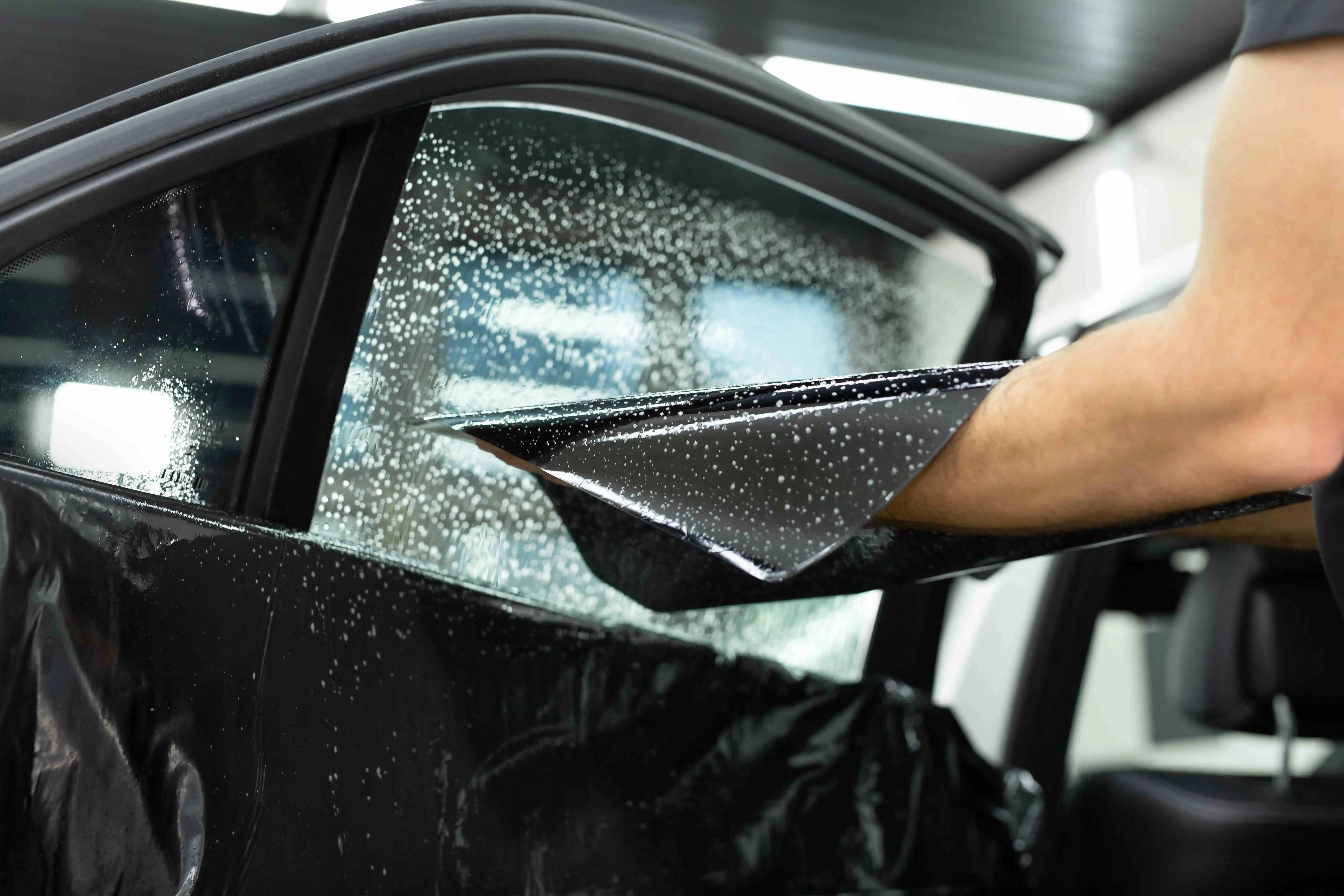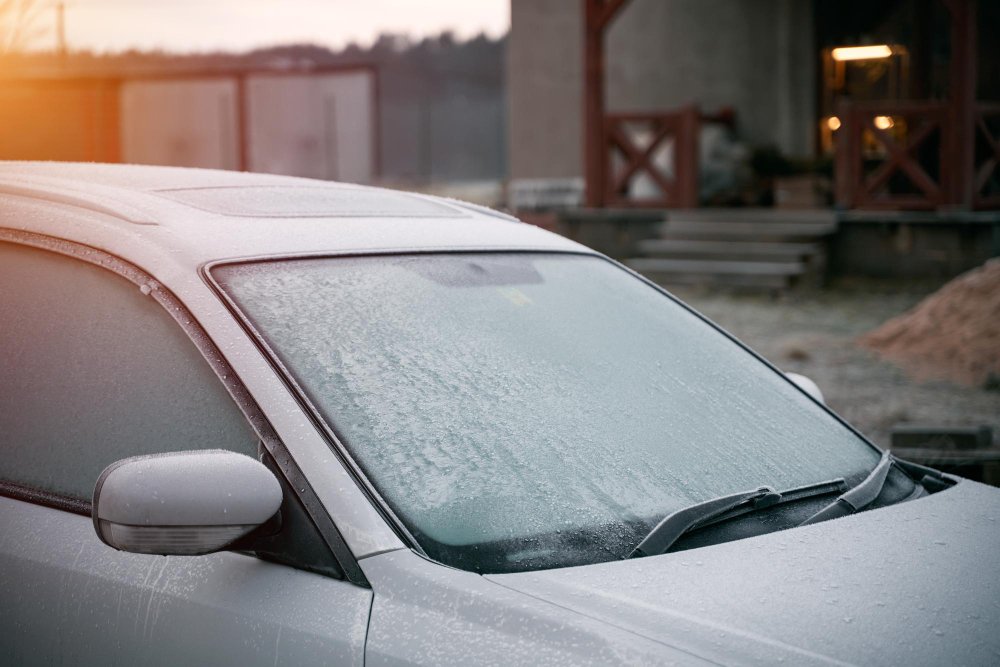Automobile Window Tinting: What to Anticipate Throughout the Installment Refine
Automobile Window Tinting: What to Anticipate Throughout the Installment Refine
Blog Article
Home Window Tinting Laws and Guidelines: What You Required to Know Prior To Tinting Your Auto
Prior to proceeding with window tinting for your automobile, it is crucial to acquaint on your own with the diverse legislations and guidelines that regulate this method throughout different states. These regulations dictate the acceptable levels of color darkness, commonly gauged by noticeable light transmission (VLT) percentages, and include certain terms for front windshields targeted at making certain roadway safety and security. Furthermore, specific jurisdictions might supply clinical exceptions for individuals with certifying problems. Comprehending these complexities can conserve you from prospective legal ramifications, but what are the certain regulations in your state?
Summary of Home Window Tinting Rules
Home window tinting legislations are often based on variant across various jurisdictions, mirroring regional laws and security factors to consider. These laws determine the allowable degrees of color darkness and reflectiveness on car windows, guaranteeing that vehicle drivers preserve ample visibility while likewise protecting versus damaging UV rays and warm.
Most guidelines classify window tinting based on the Visible Light Transmission (VLT) percent, which shows the amount of light that can travel through the window. Typically, reduced VLT portions signify darker colors. Legislations typically set apart between the front, side, and rear home windows, with stricter limitations applied to the front windscreen to boost security for both the driver and other road users.
Conformity with home window tinting laws is critical, as infractions can result in penalties, mandatory removal of the color, and possible increases in insurance coverage premiums. It is important for lorry proprietors to acquaint themselves with neighborhood laws before continuing with home window tinting setups.
State-by-State Color Regulations
Recognizing the certain home window tinting laws in each state is crucial for lorry proprietors seeking to abide with the regulation. Each state in the united state has developed its very own set of rules controling window tinting, which can vary substantially. These regulations commonly determine the allowable levels of color darkness, the kinds of home windows that can be tinted, and any kind of clinical exemptions that may apply.
For instance, states like California have strict restrictions on tint darkness for front home windows, while others, such as New Mexico, may permit darker colors. Additionally, specific states mandate details visibility percentages for numerous home windows, including the windscreen, front side windows, and back home windows. It is vital for car proprietors to familiarize themselves with their state's laws to stay clear of prospective fines or fines.
Additionally, some states might need a certification sticker label to be placed on tinted home windows, showing compliance with state laws. Failure to follow these regulations not just takes the chance of legal consequences yet can also impact safety and presence while driving. For that reason, lorry proprietors ought to conduct thorough research or seek advice from neighborhood authorities to ensure complete understanding and conformity with state-by-state tint regulations.
Allowed Tint Types and degrees
Numerous car owners may be surprised to learn that permitted tint degrees and types differ commonly across various states. Each state has actually established its own guidelines concerning the allowable darkness and reflectivity of window tint, frequently measured by Visible Light Transmission (VLT) percentages. VLT refers to the quantity of light that can travel through the tinted home windows; therefore, a lower percentage shows a darker tint.

In addition, the kinds of tint materials permitted can differ, with some states banning metal or mirror-like surfaces. It is essential for vehicle owners to acquaint themselves with their state's specific regulations to make certain conformity. Non-compliance can result in fines, obligatory removal of the color, or various other legal repercussions, making it essential to understand these regulations before waging setup.
Medical Exemptions for Tinting
While not all states provide allocations for clinical exceptions pertaining to window tinting, those that do acknowledge the need for particular individuals to improve presence and comfort because of clinical problems. Various clinical problems, such as lupus, skin cancer, and certain eye disorders, can provide individuals particularly sensitive to sunlight. These individuals may need darker tints to safeguard themselves from hazardous UV rays and glow.

It is crucial to keep in mind that despite a clinical exemption, there might still be limitations on the level of color permitted. Conformity with state regulations guarantees that people are both safeguarded and within lawful restrictions. Those taking into consideration clinical exceptions ought to call their regional Department of Motor Automobiles or equal authority to recognize the demands and treatments necessary to use for an exception properly.
Penalties for Non-Compliance
Stopping working to adhere to home window tinting laws can lead to considerable fines, which differ by visit this site right here state. Police are equipped to release citations for cars that do not follow the defined tinting regulations. These charges normally include penalties, which can range from small total up to numerous hundred bucks, depending upon the severity of the violation and the state in question.
In some territories, duplicated offenses might result in intensifying fines or extra fines, such as mandatory court looks. Non-compliance might necessitate the elimination of prohibited tinting, often at the owner's expenditure. In severe situations, habitual culprits might deal with suspension of their automobile enrollment up until conformity is achieved.
Furthermore, insurance coverage ramifications might develop from obtaining several citations for window color offenses. Insurers may check out such offenses as an indication of riskier actions, potentially resulting in raised premiums or problem in protection.
To avoid these charges, it is essential for car owners to acquaint themselves with their neighborhood home window tinting laws and guarantee that their car complies (Window Tinting). This positive technique not only stays clear of legal implications however additionally advertises roadway safety and security
Conclusion

A lot of regulations classify window tinting based on the Visible Light Transmission (VLT) percent, which suggests the amount of light that can pass through the window. Compliance with window tinting regulations is important, as offenses can result in penalties, obligatory elimination of the tint, and potential increases in insurance coverage costs.Recognizing the details window tinting guidelines in each state is important for car proprietors looking for to conform Go Here with the law. These policies usually dictate the allowable levels of color darkness, the kinds of windows that can be tinted, and any type of clinical exceptions that may apply.
For circumstances, states like California have strict restrictions on tint darkness for front home windows, while others, such as New Mexico, may enable darker colors.
Report this page